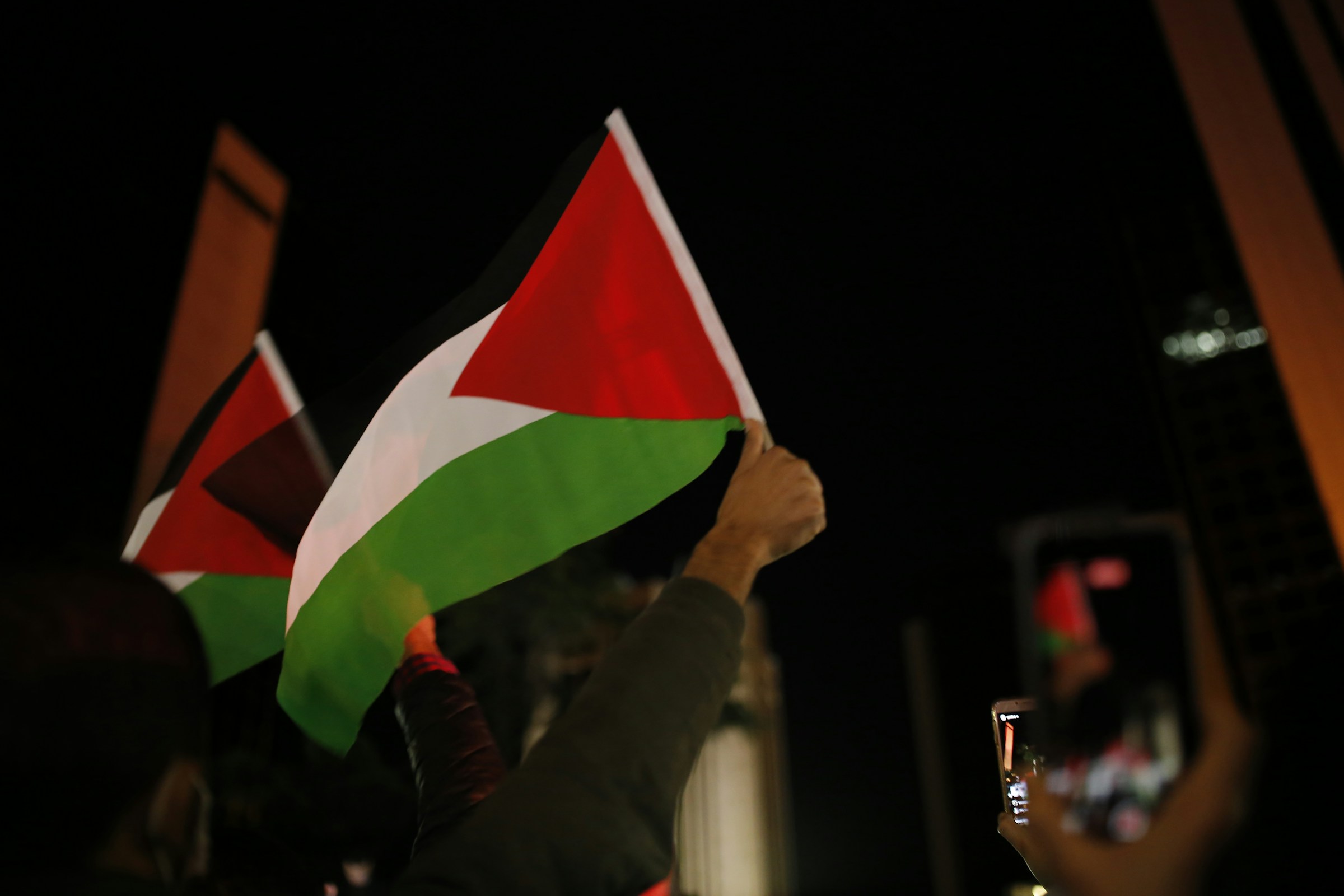Australia’s recognition of the Palestinian state, announced in parallel with moves by France, Canada, and the United Kingdom, is not simply an act of symbolic diplomacy. It reflects a calculated convergence in Western foreign policy designed to reshape negotiation dynamics in the Middle East and recalibrate political capital with non-aligned states. For Canberra, this move carries layered implications: reinforcing its credibility within multilateral forums, managing its regional security partnerships, and signaling alignment with a growing bloc of Western economies seeking to leverage diplomatic recognition as a tool for conflict de-escalation.
This policy alignment comes at a time when the geopolitical map is shifting under the combined pressure of prolonged conflicts, supply chain restructuring, and shifting energy alliances. Recognition itself may have no immediate economic payoff, but it builds a narrative foundation for Australia to engage more effectively in Middle Eastern markets, particularly in renewable energy investment, defense cooperation, and humanitarian aid partnerships.
Australia’s recognition of Palestine marks a deliberate departure from its historically cautious stance. Previous governments have expressed support for a two-state solution but avoided formal recognition without a negotiated settlement. This recalibration places Australia in a tighter policy orbit with Western partners who argue that recognition is necessary to unlock stalled peace processes, even without a finalized agreement on borders or governance.
The timing is critical. The Middle East remains a nexus for energy security, shipping lane stability, and investment opportunities in emerging sectors such as green hydrogen—areas where Australia has been actively positioning itself as a supplier and strategic partner. Aligning with France, Canada, and the UK allows Australia to both strengthen its diplomatic coalition and present a united Western front in UN deliberations, humanitarian frameworks, and future reconstruction funding channels.
For Canberra, the decision is also a messaging tool to signal values-based foreign policy without materially jeopardizing its security ties with Washington or its balancing act in Asia-Pacific diplomacy.
The move mirrors earlier recognition waves from European states, notably Sweden in 2014, which at the time was met with both praise from pro-recognition blocs and sharp criticism from Israel and its allies. Unlike the unilateral recognition gestures of the past, this 2025 cluster of recognitions appears more coordinated—suggesting back-channel alignment among capitals and perhaps tacit approval from certain Washington policy circles seeking leverage over Israeli leadership.
In Asia, few advanced economies have taken this step. Japan and South Korea, for instance, maintain supportive positions toward Palestinian self-determination but have avoided formal recognition to preserve strategic ties with Israel and the United States. Australia’s decision therefore sets it apart within the Indo-Pacific security architecture, highlighting a willingness to absorb short-term diplomatic friction for potential long-term soft-power gains.
The Gulf states, already shifting toward pragmatic economic diplomacy post-Abraham Accords, will interpret this as a Western reinforcement of multilateral negotiation frameworks. This could open targeted opportunities for Australia in joint research, humanitarian logistics, and climate finance partnerships—particularly with Qatar, which has long positioned itself as a mediator in the Palestinian issue.
Financial markets are unlikely to price in immediate volatility from this decision; sovereign recognitions typically move in the domain of diplomatic rather than commercial risk. However, institutional investors—particularly sovereign wealth funds in the Gulf—watch such policy signals closely. Australia’s recognition could improve its access to capital partnerships in Middle Eastern funds seeking co-investment in infrastructure, agritech, and renewable energy projects.
Defense procurement and joint training initiatives could also be recalibrated. While Israel remains a significant defense technology partner for Australia, the shift signals that Canberra is willing to compartmentalize security collaboration from its broader human rights and diplomatic agenda. This separation mirrors the European model, where countries maintain robust defense and trade ties with Israel while formally recognizing Palestine.
For multilateral institutions, Australia’s move will add weight to recognition momentum inside the UN General Assembly, potentially influencing voting patterns on humanitarian aid resolutions and reconstruction funding. It also aligns Canberra more closely with EU-led development programs in the Palestinian territories, which could create pathways for Australian NGOs and contractors to participate in donor-backed projects.
From a policy analysis perspective, the recognition strengthens Australia’s positioning with non-aligned and Global South nations, many of which have long criticized Canberra for an over-reliance on US foreign policy alignment. The decision allows Australia to engage with the Organisation of Islamic Cooperation (OIC) from a position of greater credibility, which could be strategically useful in trade negotiations, educational exchange agreements, and climate diplomacy.
China will interpret this through a different lens—viewing Australia’s alignment with Western capitals as another example of bloc diplomacy, even if the issue is framed in humanitarian terms. Beijing itself supports Palestinian statehood, but its recognition is embedded within a different geopolitical narrative: one that challenges Western dominance in global governance structures. This creates a rare alignment point between Australia and China in principle, even if their broader strategic competition remains unchanged.
Australia’s recognition of Palestine is less about immediate shifts in bilateral trade or security arrangements and more about strategic positioning within a rapidly evolving multipolar order. It reflects an understanding that diplomatic capital can be accumulated through alignment with value-driven initiatives, especially when coordinated with key allies.
This move subtly expands Australia’s diplomatic reach into Middle Eastern forums, enhances its standing among Global South partners, and reinforces a rules-based order narrative at a time when that order is under strain. It also shows that Canberra is willing to accept calculated diplomatic friction with certain partners to secure a broader coalition on issues of conflict resolution, humanitarian law, and post-conflict reconstruction.
The recognition may not change facts on the ground in the short term, but it alters the diplomatic terrain—and in geopolitics, terrain often matters as much as immediate outcomes.





.jpg&w=3840&q=75)








